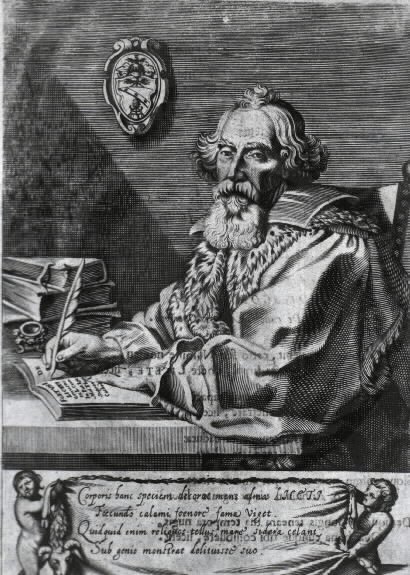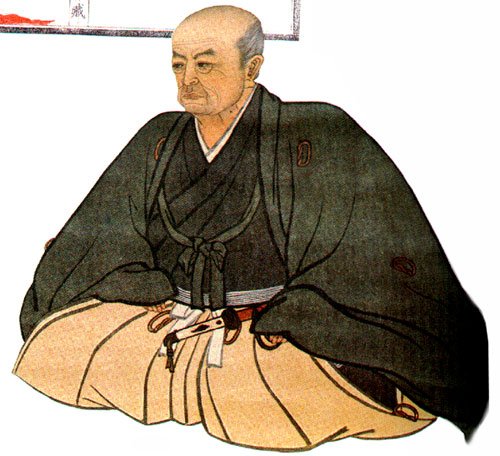HISTMEDのTwitterイラスト検索結果。 572 件中 16ページ目
Antonie Philips van Leeuwenhoek (1632-1723) was a Dutch businessman and scientist. He is commonly known as "the Father of #Microbiology", and one of the first microscopists and microbiologists.
#histmed #science #medicine
This lovely pomegranate comes from Robert Bentley and Henry Trimen's Medicinal plants (1880-1881) #medicalbotany #histmed
We've just launched a new museum trail! Use it to discover objects from dolls to paintings to preserved human remains, all reflecting the how the human body has been used and represented in medicine. #histmed #RCPUnderTheSkin https://t.co/cXYuoorPsX
Today's Find: "No Way Out" is a 1950 film featuring Sidney Poitier as a physician in an urban county hospital https://t.co/9BRABdoA7U #histmed
When #LIFE published Lennart Nilsson’s photo essay “Drama of Life Before Birth” in 1965, the issue was so popular that it sold out within days. And for good reason. Nilsson’s images publicly revealed for the first time what a developing fetus looks like.
#embryology #histmed
Fortunio Liceto was an italian physician and philosopher. His work most famous, is "De monstruorum causis, natura et differentiis", originally published in Padua in 1616 then reprinted in 1634 with lavish illustrations.
#histmed #teratology #medicine #Medicina #anatomy
Tavola 18 del 'De Formato Foetu' di Girolamo Fabrizi di Acquapendente (1537-1619).
#histmed #embryology #anatomy #medicina #anatomiacomparata #fetus
Anesthesia #History Calendar https://t.co/tm6vNs8E0u Newer PDF version at https://t.co/Ry8ePxmUxz #histmed
In 1918-19 the american neurosurgeon Walter E. Dandy published his landmark papers on air ventriculography and the associated technique of pneumoencephalography that allowed for the first time to visualize #brain lesions on x-rays.
#histmed #radiology #surgery #science
"De Formato Foetu" of Fabricius summarizing his investigations of the fetal development of many animals, including man, contained the first detailed description of the #placenta and opened the field of comparative #embryology.
#histmed #anatomy
#OTD in 1884, Swiss psychiatrist Hermann Rorschach was born! Rorschach is probably most famous for inventing the Rorschach test, a series of inkblots used to identify psychological disorders, like the ones here, from his 1948 Psychodiagnostik #histmed #histpsych
In 1885, while studying #rabies, Louis Pasteur tested his first human @vaccine. #Pasteur produced the vaccine by attenuating the #virus in rabbits and subsequently harvesting it from their spinal cords.
#histmed #VaccinesWork #science #Immunology
Anesthesia #History Calendar https://t.co/tm6vNrR38W Newer PDF version at https://t.co/Ry8ePx5jG1 #histmed
Sunday Patent Medicine Trade Card: Compliments of the very successful patent medicine businessman James Cook Ayer of Lowell, Mass. https://t.co/Afn66c0ooF #histmed
There are now even more opportunities to take part in our most popular event! Our 'Victorian Surgery Talk & Demonstration' is now available on both Saturdays and Sundays at both 11:00AM and 4:00PM. Get your tickets here: https://t.co/9UmS6x5xit
#oldopevents #histmed #histsci
1760 Oct 23: Japanese physician Hanaoka Seishu was born https://t.co/UOAE9oTldd He used an oral general anesthetic tsusensan in 150+ breast cancer cases #histmed He died in 1835 #OTD
1708 Oct 16: Swiss physician Albrecht von Haller born; died 1777. Often called the father of experimental physiology https://t.co/plP6zjZFLr #histmed #OTD
Today's Find: Blog post #Birmingham Photo of the Day (9): McAdory Home & Infirmary in 1910
https://t.co/2JcDne6bPT #Alabama #bham #histmed









































